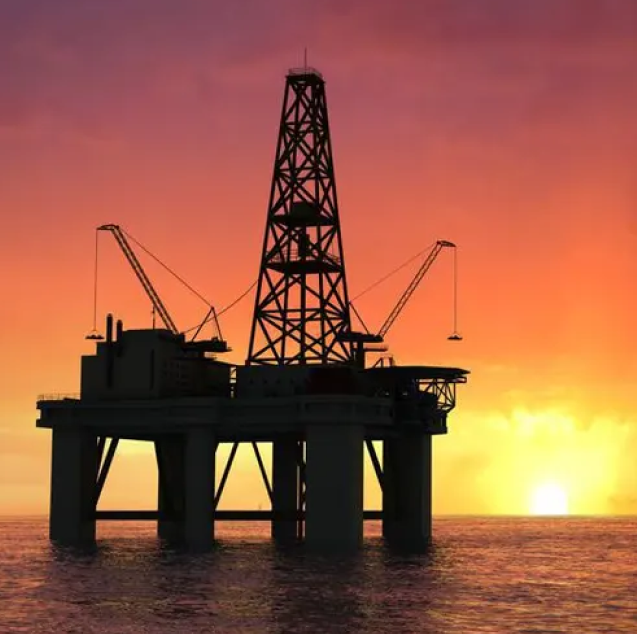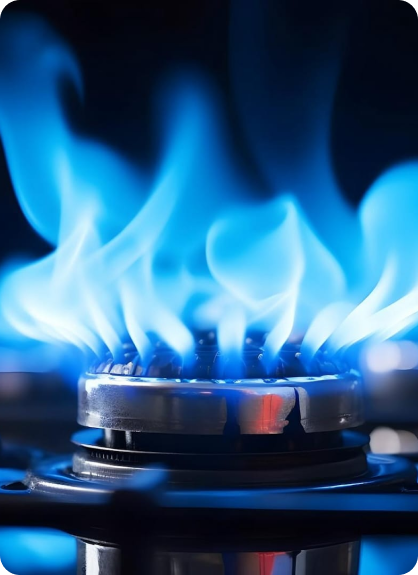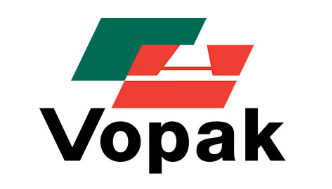Why Invest in Oil & Gas
-
Increasing Domestic Demand
India is expected to contribute 25% of global energy demand growth between 2020-2040, driven by its expanding economy and demographic advantage. As the world’s third-largest oil consumer, India is set to lead global oil demand growth between 2023-2030.
-
Augmenting refining capacity
India plans to enhance its refining capacity from the current 256.8 MMTPA to 310 MMTPA by 2030, aiming to meet both increasing domestic and export markets.
-
Sustainable energy mix
India presents an investment opportunity worth $67 Bn, driven by the target of increasing the share of natural gas in the energy mix from 6.7% to 15% by 2030.
-
Increasing biofuel consumption
The government has taken various steps like introducing a biofuel blending target/ obligation for increasing domestic biofuel production and consumption.

Incentives & Schemes
-
Scheme guidelines for providing financial assistance to Compressed Bio Gas (CBG) producers for procurement of biomass aggregation machinery
-
Scheme for development of pipeline infrastructure for injection of compressed biogas in city gas distribution network
-
Amendment to the scheme guideline for the development of pipeline infrastructure for injection of CBG in the CGD network
-
PRADHAN MANTRI JI-VAN YOJANA Amendment, 2024
-
Lubricating Oils and Greases (Processing, Supply and Distribution Regulation), 2024


















